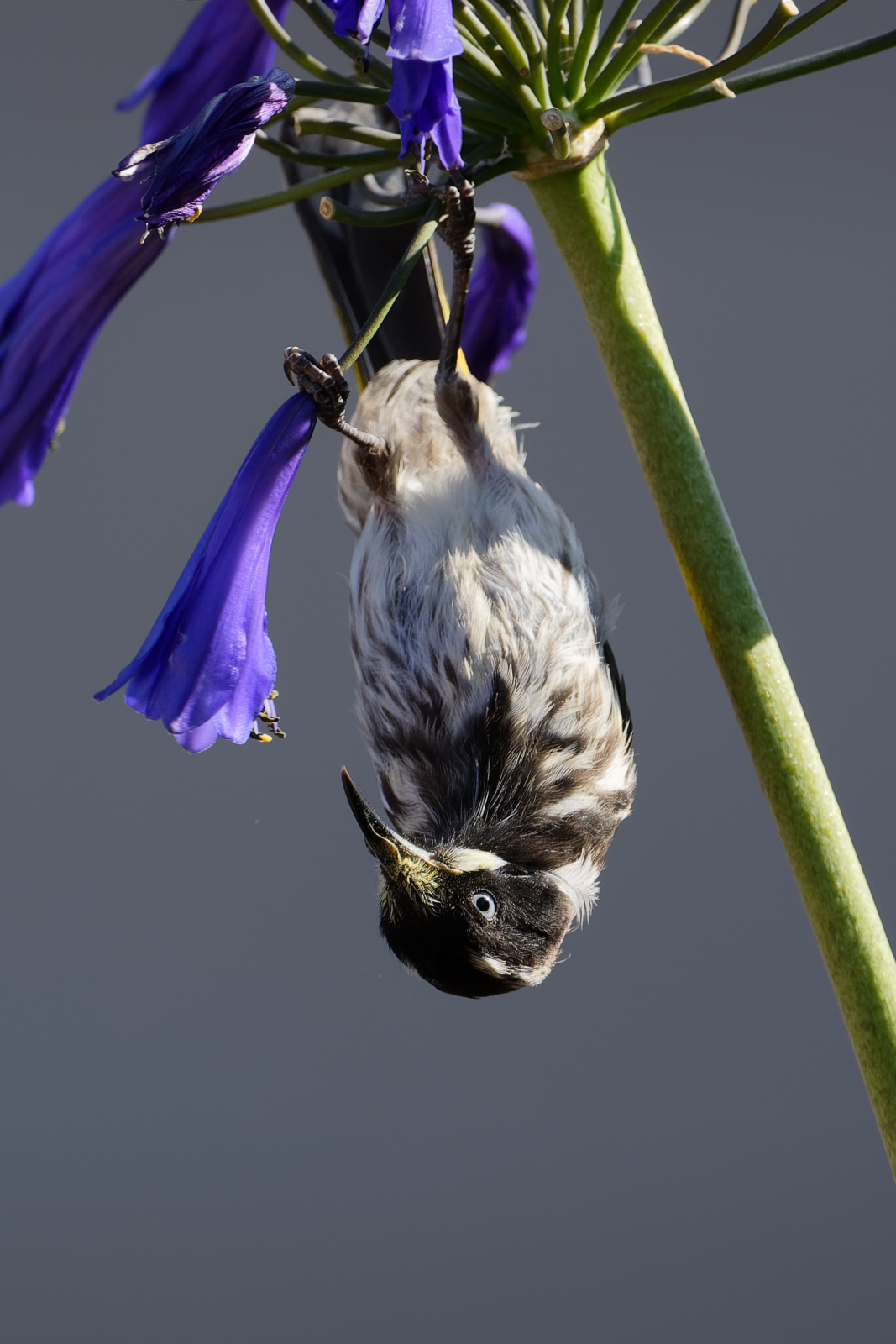Studio Werkz was a proposed name for a photo studio/business in another universe. Mooted by an eclectic group of photographers, we had the idea of being able to offer a wide range of photo services, but in the morning, after the coffee kicked in, we managed to drift in our own directions.
Still I’ve often retained it for some bird portraits that have a ‘studio quality’ about them.
This is usually a clever mix of bird character, the right location and an interesting lighting set.
As my earliest mentor was oft to say when assembling a lighting order for a product or portrait, “We don’t keep adding light, we work to remove the shadows until the subject expresses itself.” Which means in commercial product photography that no two lighting problems are alike, and the difference of a few millimetres up or down, left or right of lights, reflectors, camera angle, lens choice could result in an entirely different rendition.
Which, still holds true in this day an age of bulk-flat light, the environmental feel, or the harshness of poorly balanced lighting and an over abundance of post-processing.
So Studio Werkz images try to emulate those great lighting arrays, without the benefit of controlled studio.
The other morning I looked out the front door to see what all the noise in the garden was about. New Holland Honeyeaters at corroboree. Each sitting on a branch and crying out at all its relatives.
And then one landed on the agapanthus plant in the garden.
The early morning light stuck hard lines across the bird, separated it from the background, incidentally my neighbour over the road’s garage door in shade.
“Right”.
Scramble to get the camera, grabbed the one with the 500mm lens, and opened the door.
Gone.
But the noise carried on and they flicked back and forward of the agapanthus, and I waited.
The trick of course is to get the best light on the bird, and to keep shadow detail, so there were only ever going to be some angles that would work.
Until Mr Clever turned up.
“Would you like me to pose upside down?” it seemed to say.
Adjust the exposure to hold the highlights, and the job was done. In a studio of course, it would have been easier to add a light or two to open up the shadows, or at least put up a reflector to push some light into the shadows. These days, we just slide up the ‘fill-light’ in software and job is done.
We each have our own way of making that work, and my favourite for many years was a Nikon Software, Capture NX(2). Its major claim to fame was some clever Nik Software, (different company) “Control Points” They measured the lightness and colour values of an area (think L*A*B* Color space), and then applied it to all similar values in a given area. Making it easy to open up shadows or make subtle changes to colour and tone. Sort of like Photoshop Layer Masks and a Brush.
Nik eventually marketed its own versions, and Google bought them out, and the series languished until DxO Labs purchased the technology and have incorporated it into their very clever Optics Pro software, now called DxO PhotoLab.
Pop the Adjustment Tool into the shadow areas on the bird’s chest, slide up the ‘shadows’ controller. Simples.
Dean Collins couldn’t have done any better with “Available Light”. — For new readers, there is a photographic joke in there—you’d need to read back on my Dean Collins series.
I have to say, I really wanted to show this as a vertical, so I’ve done a header image horizontal, as that is what WordPress demands, but here is the way I saw it.


Lovely stuff David. And I’m so glad Mr Clever did the right thing for you!
LikeLike
Thanks Eleanor, Some times the simple things make it all worth while
LikeLike
A wonderful narrative and image, David! Excellent use of the available light.
LikeLike
It was indeed a beaut view through the front door.
LikeLike
Hmmmm, I will try again!
A great teaching narrative and fine image of Clev(er) Nev!
LikeLike
This is a great example of achieving studio effect by correctly assessing the natural environment and light. I really like the “upside-down” poses of birds and my European friends consider them as the classic Aussie style.
I continue using DxO PhotoLab and I’m quite pleased with its performance now, after some upgrades, including my computer. Thanks for sharing!
LikeLiked by 1 person
Hello Adam, i remember you were also a fan of NX2 if I recall correctly.
I got the upgrade to DxO PhotoLab when I updated the Nik Collection. At first I was just mildly intrigued, then I pondered it as a replacement for Lightroom to manage my images, but it fell over at the first hurdle (doesn’t do IPTC info management). So I just use it occasionally for enhancements. (and it does a good raw convert too, most times).
What I am really impressed with its both the PRIME and the Lens Modules. The Lens Module particularlyfor the 500mm PF, (And also with the TC1.4), takes that lens to an entirely new level. I don’t think I could do as well with Nik Sharpener Pro.
So what started as a bit of bemused interest, has indeed become, silently and surreptitiously my little ‘darkroom’ in a computer.
Still have to find a good image manager, but Lr is fine for me most days.
You’d have to imagine all the necessary wiring inside a bird’s brain to deal with ‘up’ and ‘down’ being interchangeable. 🙂
Keep takin’ pictures, we do.
LikeLike